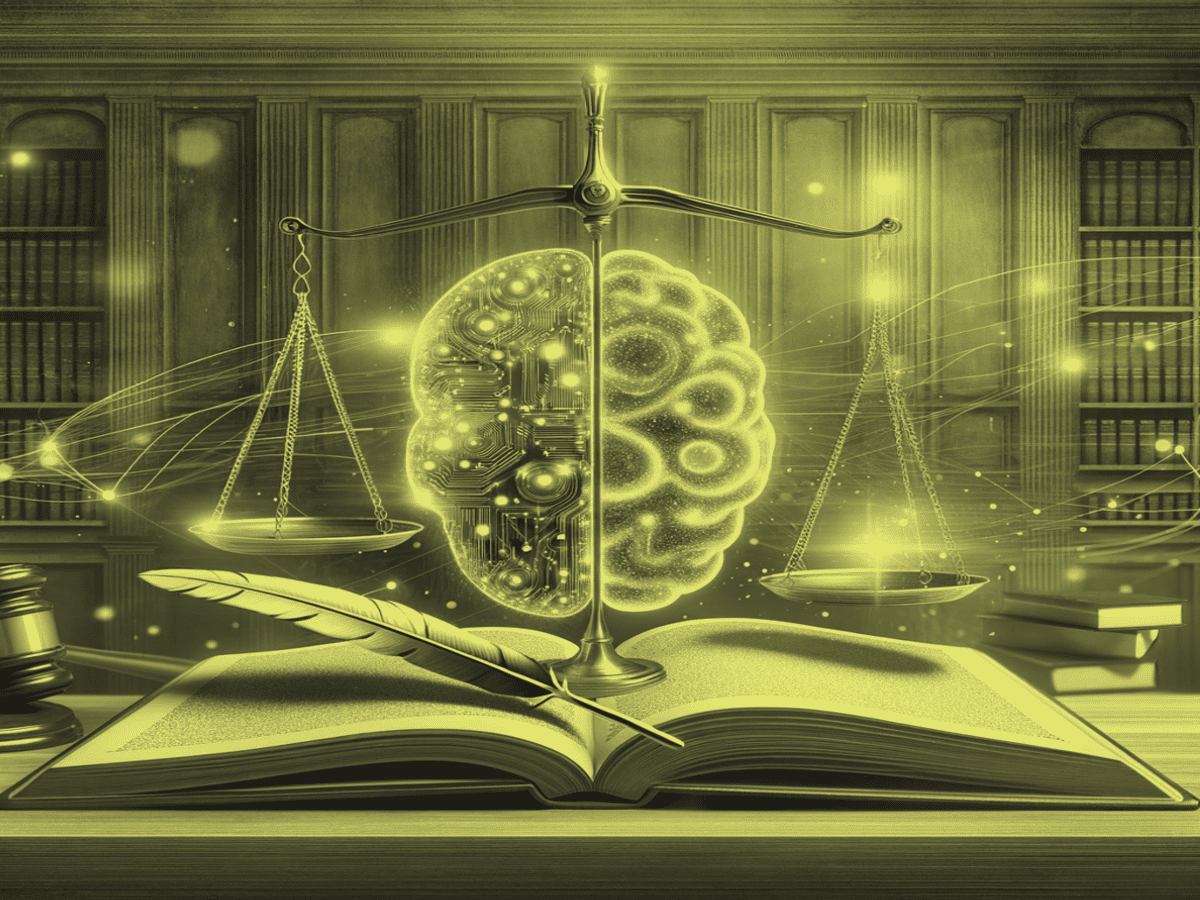Blockchain technology is at the center of next-generation operating models.
Data governance is dead. Although its principles are more important than ever, the operating models that today’s enterprises use have become barriers to innovation. Therefore, new companies need to start looking at blockchain technology to avoid falling even further behind.
New applications and system integrations are beginning to produce increasingly unmanageable volumes of data. At the same time, data governance policies are becoming stricter. This environment further puts a great deal of pressure on organizations to find streamlined, automated solutions for data governance.
When IT teams need to spend time, resources, and money managing data, they end up spending less time, resources, and money on new, strategic initiatives that help customers and end-users. Organizations that adopt a disruptive, automated approach to governing their data will be prepared for tomorrow’s regulatory landscape.
In the world of data governance, there are ongoing debates about ownership, security accountability, and proper use of data assets. But today’s tools and systems are not robust enough to handle oncoming challenges. Though, next-generation blockchain technology has exactly the features that tomorrow’s organizations need.
Rethinking Data Governance
Data governance has organic origins. At the beginning of the Computer Era, established organizations and institutions put ad-hoc governance policies in place in order to qualify and mitigate risks. With new technology, these risks eventually compounded into the security landscape we’re familiar with today.
Governments saw these developments occurring and sought to protect citizens and consumers with various forms of legislation:
- Basel I and Basel II in the 1970s and 80s.
- HIPAA in the late 1990s.
- The Sarbanes-Oxley Act in the early 2000s.
- GDPR in 2018.
Every one of these initiatives generates a marked increase in sophistication and complexity for organizations. As a result, the latest advances in data governance policy put a great deal of stress on organizations to protect user data.
Right now, GDPR is only in effect in Europe, but California has passed its own legislation to the same effect. It is only a matter of time before every jurisdiction has its own set of robust data governance policies.
The now-mature practice of implementing expensive, time-consuming changes to organizational data governance is ripe for disruption. Organizations need a robust, agile data governance system that registers data and algorithms securely, audits them, and generates unchangeable audit logs automatically. That’s where blockchain technology needs to be implemented.
Steepening Privacy and Security Challenges
https://unsplash.com/photos/u5Zt-HoocrM
The debate on personal data is ongoing. High-profile data leaks, cyber attacks, and privacy failures have forced organizations to come to terms with a more complex data landscape than ever before. There are plenty of examples to choose from:
- Target’s 2013 hack
- Equifax’s 2017 hack
- The US Federal Government’s data leak
Facebook’s Cambridge Analytica scandal offers an even more poignant example. Cambridge Analytica accessed the usage data of 87 million US residents and used that to influence the US presidential election. They were able to identify people through their activity – it didn’t need names, addresses, or unique IDs to do so.
This opened up a nationwide discussion on the ethics and ownership of personally identifiable information as well as its governance. However, the systems and tools that organizations use to capture data are evolving too quickly for organizations to keep up on their own.
Not only must organizations come to terms with the ongoing debate on data ownership, but they must also account for their security practices. In Target’s case, cybercriminals accessed the company’s point-of-sale devices by hacking its heating and ventilation contractor.
Consequently, Target found itself accountable for the security failures of a third party. Today’s executives running large-scale enterprises with high digital exposure have to ask themselves how many third parties they are accountable for.
Even after organizations align ownership and security accountability, there are still new technologies on the horizon that will serve to disrupt the governance landscape. Big data, cloud computing, and the Internet of Things (IoT) technologies all come with unpredictable privacy and security concerns.
Blockchain Offers Data Governance Agility
Organizations can’t rely on the traditional practice of deploying expensive, time-consuming governance frameworks. Especially when the implementation schedules stretch into multiple years. By the time the new system is fully integrated, the data governance environment will have changed so much that the solution in place will no longer be useful.
Lack of agility is already a well-known death knell for large organizations. Just as newspapers, magazines, and even MySpace were unable to analyze their data for user insights to keep up with a changing media landscape, so too will healthcare and financial companies lose out on integration opportunities as the data governance landscape advances.
In order to govern the increasing volumes of data while handling continuously changing analytics, organizations must implement unbreakable, automated methods for registering and controlling the use of data assets. So without a solution of this kind in place, organizations will remain perpetually out of sync with broadening data governance regulations.
Blockchain technology offers organizations the ability to disrupt the data governance landscape by automating data asset compliance. Blockchain uses a peer-to-peer security framework where each individual node on the network plays a role in auditing and verifying transactions that take place on that network automatically.
While previously limited to applications in cryptocurrency, blockchain technology has a far wider reach in terms of potential applicability. For instance, it allows users to build trustworthy platforms on agile, lightweight frameworks without the need for a third-party authority.
In the world of data governance, a blockchain platform could register all data assets and the algorithms used to analyze them in a secure, unchangeable form. It could then categorize each algorithm by use case and continuously verify the inputs and outputs to generate audit logs. These logs can then keep track of data governance metrics as they are captured.
Blockchain technology’s peer-to-peer network verification capabilities would ensure that data assets, algorithms, and their respective analytics are effectively tamper-proof. Placing this data in a single encrypted repository simplifies the control and tracking of data governance solutions.
https://unsplash.com/photos/w7ZyuGYNpRQ
Introducing Shortest Track’s Merchandise Mart
Shortest Track is currently developing a Merchandise Mart that can house and run these data and governance algorithms in a secure, simplified platform. The Merchandise Mart uses artificial intelligence to determine which sequence of algorithms and data solves users’ business problems most effectively. Then it authenticates usage with a blockchain ledger.
The Merchandise Mart allows organizations to automatically register all of their data and algorithms in a single repository. This makes tracking, analyzing, and updating them far easier, but the truly disruptive element takes this solution one step further. The Merchandise Mart allows business teams to access pre-registered analytics, linked to intelligence systems that organically respond to changing business conditions thanks to blockchain technology. Under this framework, innovative business agility becomes a service.
Organizations that use Shortest Track’s Merchandise Mart for data governance will be able to replace expensive, time-consuming data governance processes with streamlined solutions that are pre-registered, automated, and ready for immediate integration. This offers organizations best-in-class data agility without losing control of rapidly increasing data volume. Therefore, if companies want to stay on top of the ever-changing data governance, you’ll need to invest in blockchain technology.
Sources:
Header image: https://pixabay.com/en/blockchain-cryptocurrency-network-3277335
https://adage.com/article/digital/california-passed-version-gdpr/314079
https://www.investopedia.com/terms/s/sarbanesoxleyact.asp
https://www.hhs.gov/hipaa/index.html





